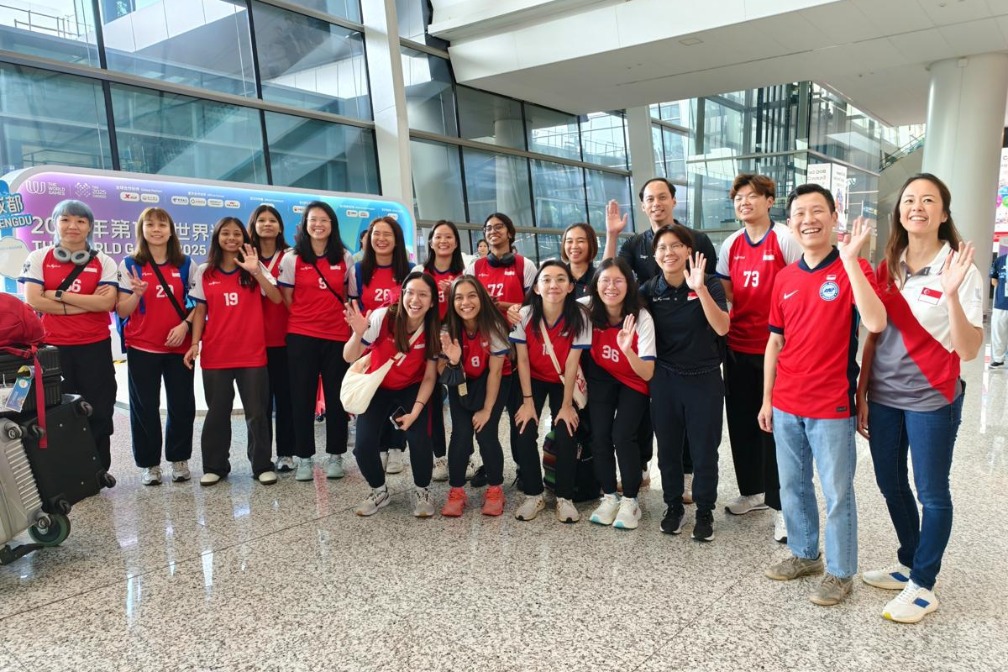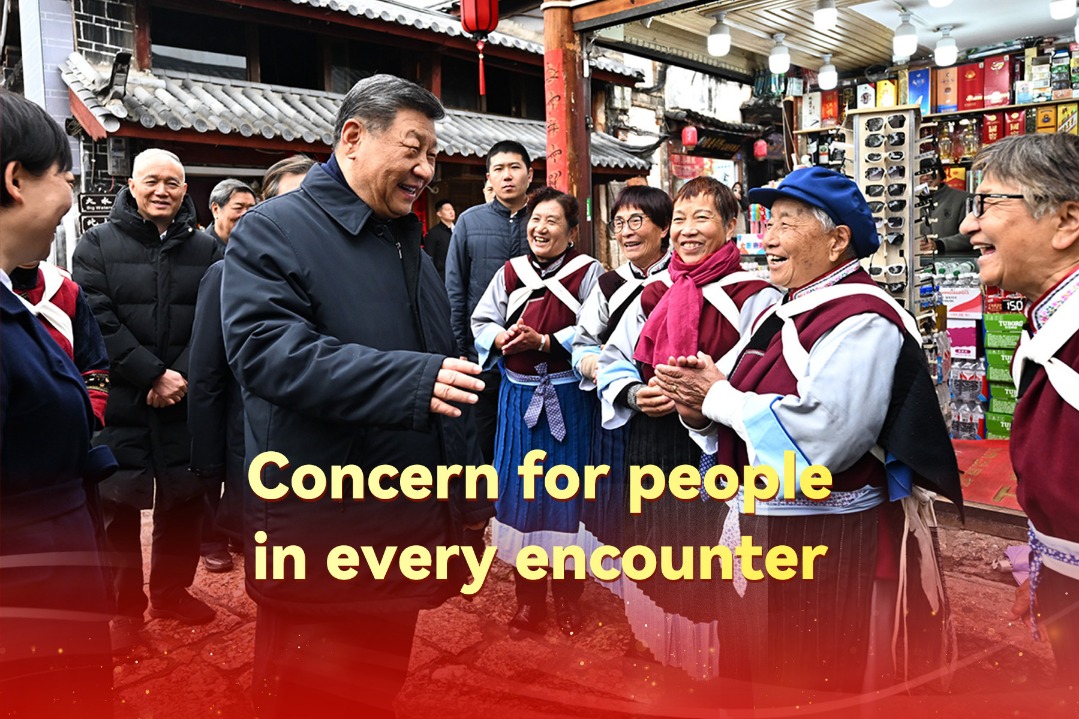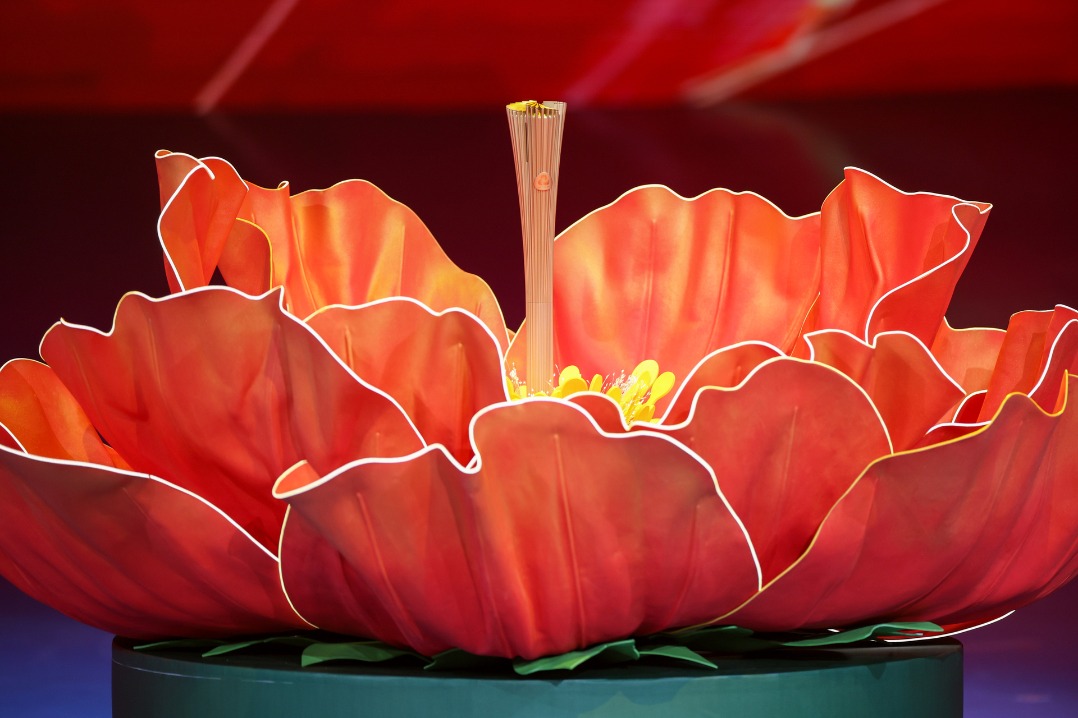Brushstrokes, colors help heal tarnished ties

Artists and community activists are using arts to address estrangement between people in China and the United States through exhibitions, seminars and paintings, as many are dismayed by the currently tarnished bilateral ties.
Song Min, president of the US-China Culture & Communication Association in the San Francisco Bay Area, believes in the important role that art has been playing in facilitating goodwill and dialogue between people.
Last fall, he led eight US artists to visit Xianning, Hubei province, and joined nine Chinese artists there for an activity — "Chinese in the Eyes of Americans — Telling the Story of Xianning, Hubei, with a Paintbrush".
During the week, the artists mingled with each other through paintings and artistic expressions, Song said.
"Together, they toured scenic spots, visited schools and museums, checked street vendors, talked to locals and captured moments of significance," he said. "They reflected their findings on canvas through brushstrokes and colors."
The collective works of the Chinese and US artists were displayed in Xianning first before they were shown at an exhibition in late May at a public library in Cupertino, California, which has been in a sister-city relationship with Xianning since 2018.
Sheila Mohan, mayor of Cupertino, said the exhibition will enhance collaboration and exchanges between the two cities through the medium of art and is expected to propel the relationship to a new high.
Olivia Edwards, one of the participating US artists, said the Chinese artists impressed her with their "brilliant talents" and "getting to know them is the highlight of this trip". Being able to paint together and communicate through artwork is "something that connects us".
"I have loved art all my life and I was further inspired when I visited Xianning," she said. "I remember the kindness, hospitality of the Chinese people there. Most importantly, I love the spirit of the people — their vision, their diligence, their hard work, their efforts to preserve the old neighborhood while building the new."
Rebecca Jo Alex, another participant, said there is no better way to see and visit a place than it is being painted.
"I saw great details of the beauty of China — their people are so warm; cuisines are diverse," Alex said.
Universal language
"The best memories are about the time with my fellow Chinese artists. Although we don't speak the same language, we do communicate through the universal language of arts."
Dacia Xu, director and co-founder of Qualia Contemporary Art, a gallery in Palo Alto, California, also believes in the enduring power of art exchanges in building relations.
On May 18, Qualia unveiled its first solo exhibition Beneath the Golden Antlers featuring Chinese contemporary ink artist Yang Jiechang, which runs until late June.
"While he works in a variety of media, such as painting, sculpture, installation, performance and video, Yang is best known for his mastery of traditional Chinese media — brush and ink painting, meticulous color painting and calligraphy. This is a legacy and (Chinese) cultural tradition central to his work," Xu said.
Today's Top News
- Unified national market a new growth launchpad
- US deal a structural challenge for Japan
- Industrial prowess of China a subject of serious study
- US new tariffs 'unfair': Experts
- NDRC recalibrating steps to drive growth, boost demand
- Wartime hero's legacy fortifies Sino-UK bond






























